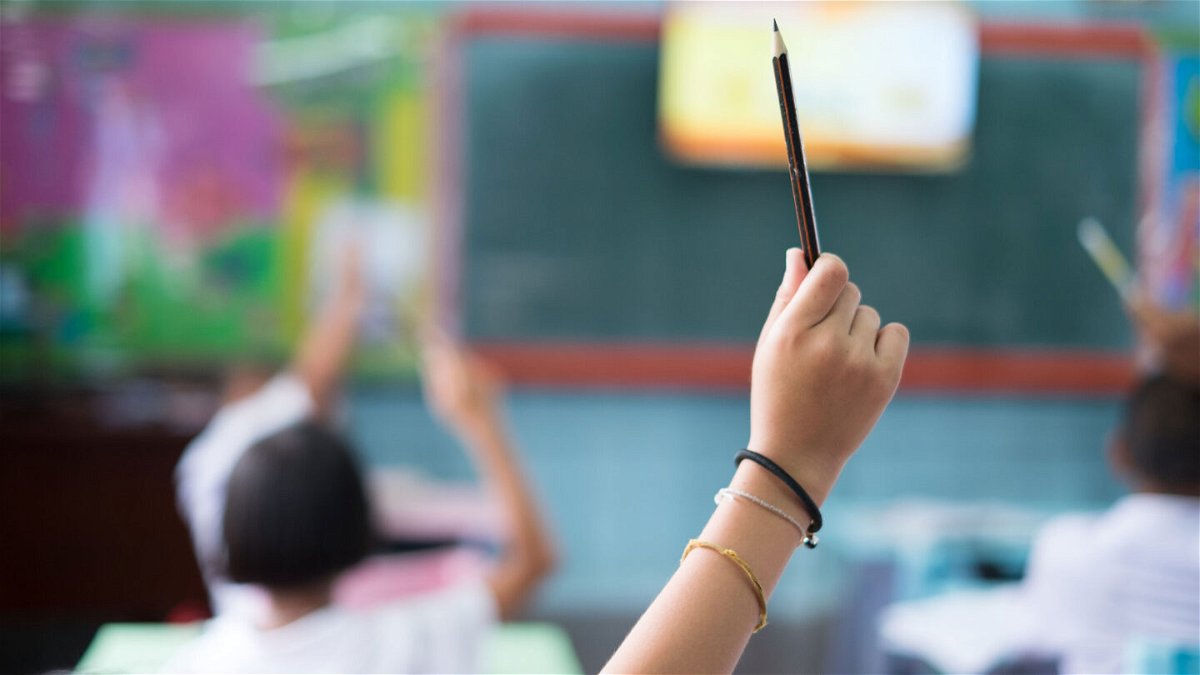45% of public schools had at least one teacher vacancy this fall

Nearly half
By Katie Lobosco, CNN
Nearly half, or 45%, of public K-12 schools had at least one teacher vacancy as of October, according to government data released Tuesday.
Roughly the same percentage of schools had a teacher vacancy in January, according to the National Center for Education Statistics’ School Pulse Panel survey that tracks schools’ responses to the Covid-19 pandemic — during which schools received a massive amount of federal relief funds.
The average public school had two vacant teaching positions in October, and 4% of all public school teaching positions across the country were vacant, according to a survey of 990 schools.
Special education, English as a Second Language or bilingual education and computer science positions had the highest vacancy rates.
A majority of schools said that too few candidates were applying for open teaching positions. About one-third said that job candidates felt that the salary and benefits were not enough.
Schools are also seeing challenges with hiring non-teaching staff, with 6% of those positions vacant. About 16% of schools had one non-teaching staff vacancy and 24% had multiple non-teaching staff positions open.
“Public schools continue to have difficulty filling critical positions, with higher percentages of high-poverty schools and schools with high-minority student populations experiencing teaching vacancies than other schools,” said National Center for Education Statistics Commissioner Peggy G. Carr in a press release.
About 57% of public schools in high-poverty neighborhoods had at least one teaching vacancy compared with 41% in low-poverty neighborhoods. And 60% of public schools with a high-minority student body had at least one teaching vacancy compared with 32% with a low-minority student body.
During the pandemic, Congress authorized more than $190 billion to schools to help buildings stay open for in-person learning and help students catch up on learning. The huge federal investment was equal to roughly six times the amount of fiscal year 2021 base funding.
Congress gave schools more than three years to spend the biggest round of money that was authorized in March 2021. Districts with more low-income families get more of the funds.
Schools can choose to use the funding for a variety of purposes, including to pay teacher salaries. In June, 22% of public schools surveyed said they used the pandemic funds to create new staff positions for the 2021-2022 school year. Nearly half said they were able to fill all those positions with a certified candidate.
Even though schools have open positions, it doesn’t necessarily mean that staffing levels are down. It could simply mean that schools want to add more teachers.
Chad Aldeman, policy director of the Edunomics Lab at Georgetown University, found in September that schools in 46 states effectively lowered their teacher-student ratios by continuing to hire while enrollment has dropped.
The-CNN-Wire
™ & © 2022 Cable News Network, Inc., a Warner Bros. Discovery Company. All rights reserved.